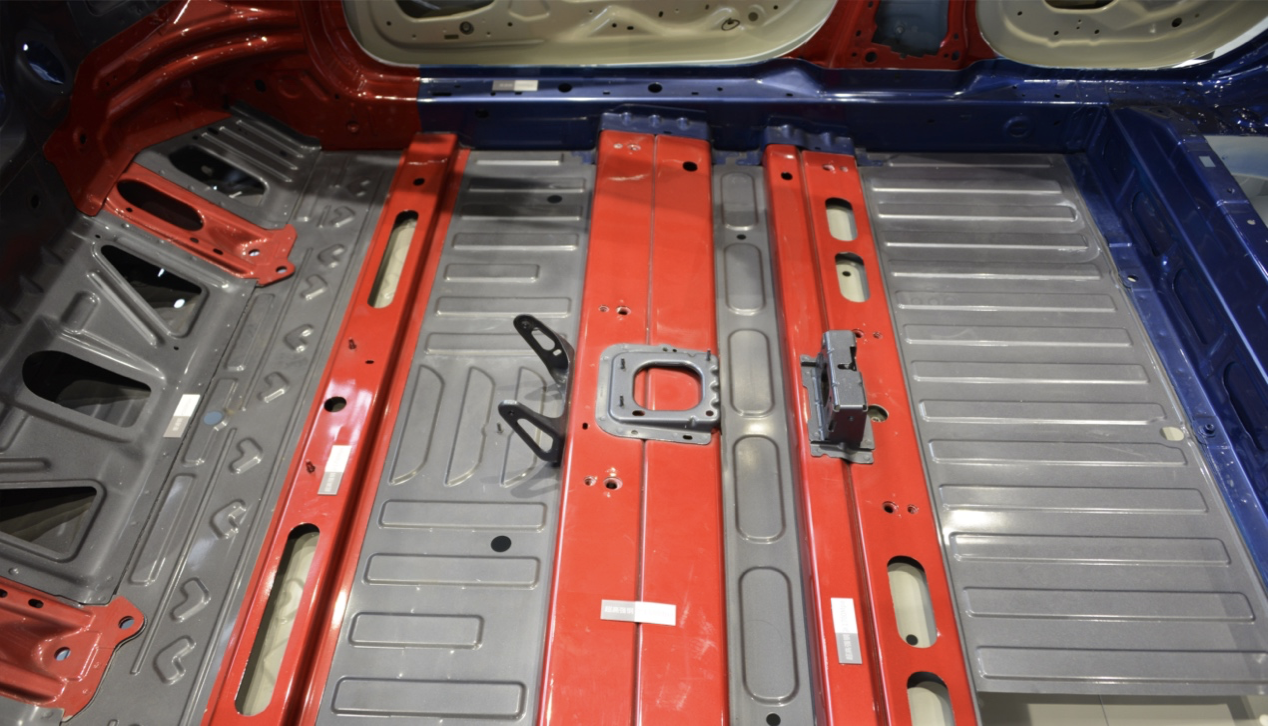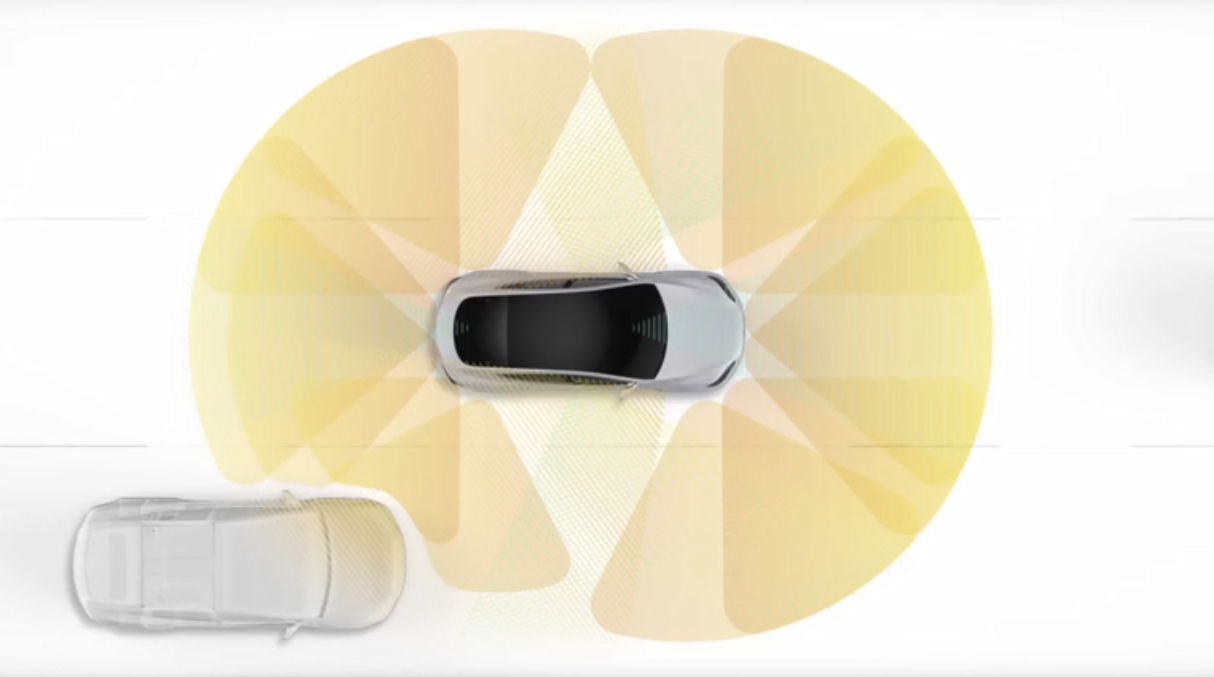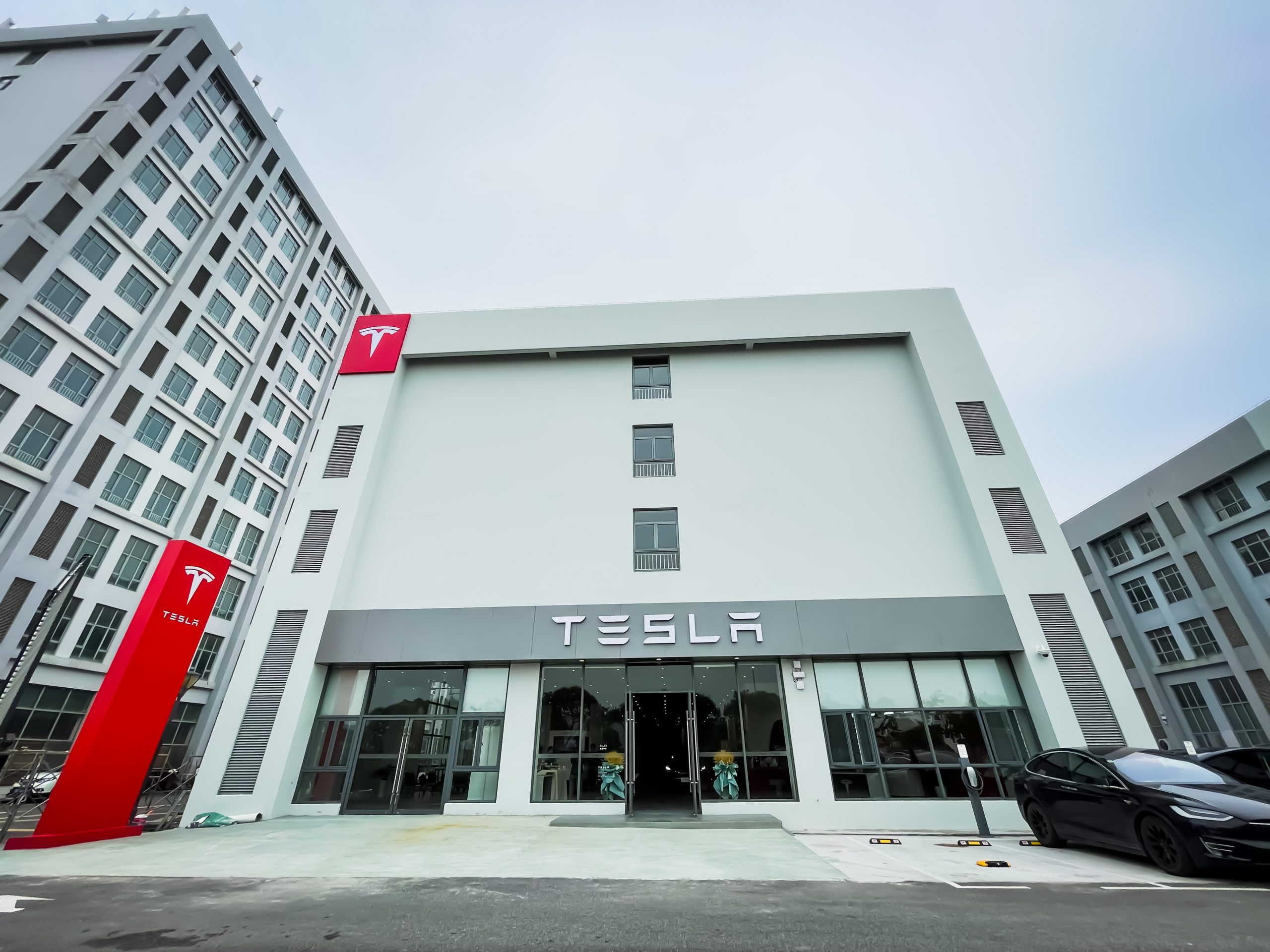On May 27th, I was invited to attend the “T-talk” event at the Tesla Center in Lingang, Shanghai, which focused on the active and passive safety of Tesla vehicles. The Q&A session at the end was the most informative part.
“Mini Version” of the Gigafactory
The Tesla Center in Lingang, Shanghai officially launched on May 1st, offering sales, delivery, and after-sales service. Because of its resemblance to the neighboring Gigafactory, it is also known as the “mini version” of the Gigafactory.
The new store is also Tesla’s second location in Lingang, following the Hongyin Square Experience Store.
The store displays some components such as batteries, motors, and white car bodies.
About Passive Safety
The white car body in the store comes from the welded version of the Model 3. The speaker mentioned that the Model 3, as a global model, has outstanding passive safety.
The Model 3 has received many safety accolades: NHTSA 5-Star Safety Rating, ENCAP 5-Star Rating, and IIHS SAFETY PICK+ safety award.
Tesla’s full range of vehicles comes standard with 6 pyrotechnic safety airbags (except for Model X, which has a special structure for falcon-wing doors and requires additional airbags in the third row).

Compared to traditional gasoline vehicles, the framework of Model 3 is stronger, not only because it uses a large amount of martensitic steel beams, but also because it increases cross beams in the chassis.
The two rolling cross beams running through the left and right sides of the chassis can further enhance the structural strength of the vehicle body, avoid damage to the battery caused by collisions and squeezes, and greatly reduce the risk of squeezing the passenger compartment.
Model 3 uses a material combination of steel in the front and aluminum in the back. The motor is located at the rear and lightweight aluminum parts are used in the back to balance the weight of the motor, resulting in more reasonable weight distribution.
The batteries are arranged at the bottom of the vehicle to prevent rollovers. In a side collision test made by Tesla, the overturned Model 3 was able to turn back over like a “tumbler”.
About Active Safety
Currently, all Tesla models come standard with Autopilot, which effectively reduces the occurrence of accidents.

For example, when Autopilot detects a nearby vehicle in the lane that Model 3 is merging into, it will trigger the side collision prevention function (steering intervention) and ensure that the vehicle automatically turns to a safer position.
Q&A with the Speaker
-
The latest models produced at the Shanghai factory will default to the Comfort mode, and the cruise control will be based on the current vehicle speed instead of recognizing speed limits as before.
-
For voice recognition, Tesla has also chosen to develop it in-house, because they fear that relying on suppliers’ “black boxes” will not allow for quick iteration and upgrades. Voice recognition is also closely related to the intelligent cabin and autonomous driving, so it is crucial. However, the specific timing of the plan cannot be disclosed yet.
-
Tesla cooperates with Baidu on the navigation platform because Baidu is more open among domestic suppliers. However, there is currently no determined domestic supplier for high-precision maps that uses Baidu.
-
The debate over whether the redesigned Model S and Model 3 should have a dashboard or not is due to cost considerations, according to official explanations.
-
Under the high-pressure die casting process, special proportions of aluminum alloys are required, and this type of aluminum alloy not only has no standard to rely on, but Tesla has also not formally named it yet.
Source: Tesla “T-talk” event
This article is a translation by ChatGPT of a Chinese report from 42HOW. If you have any questions about it, please email bd@42how.com.
